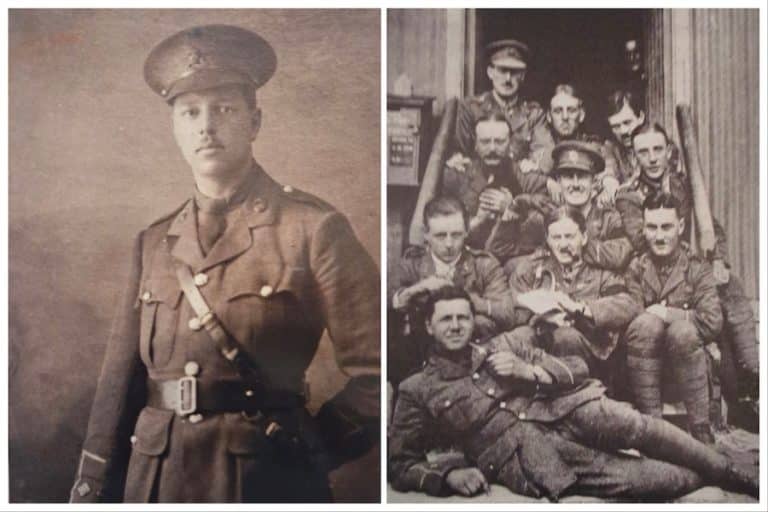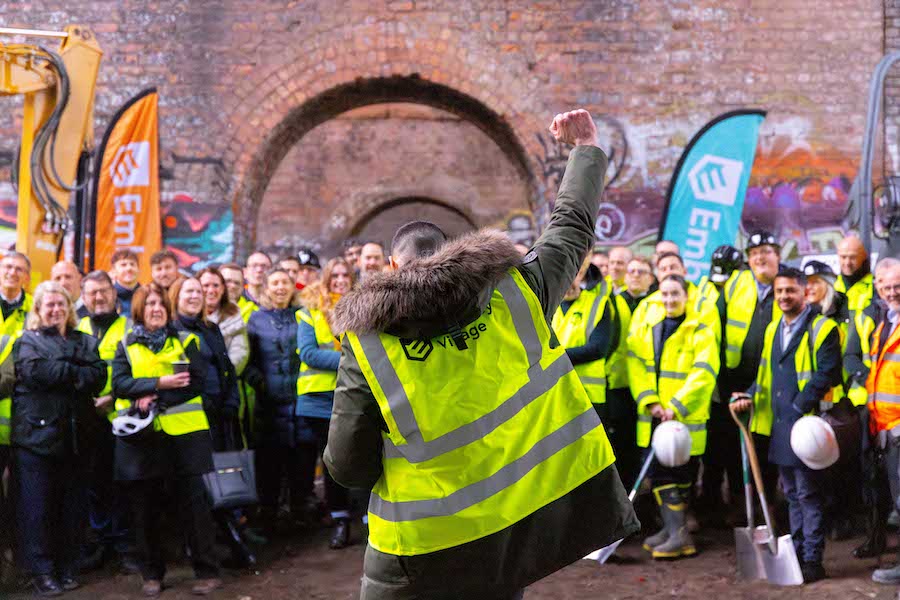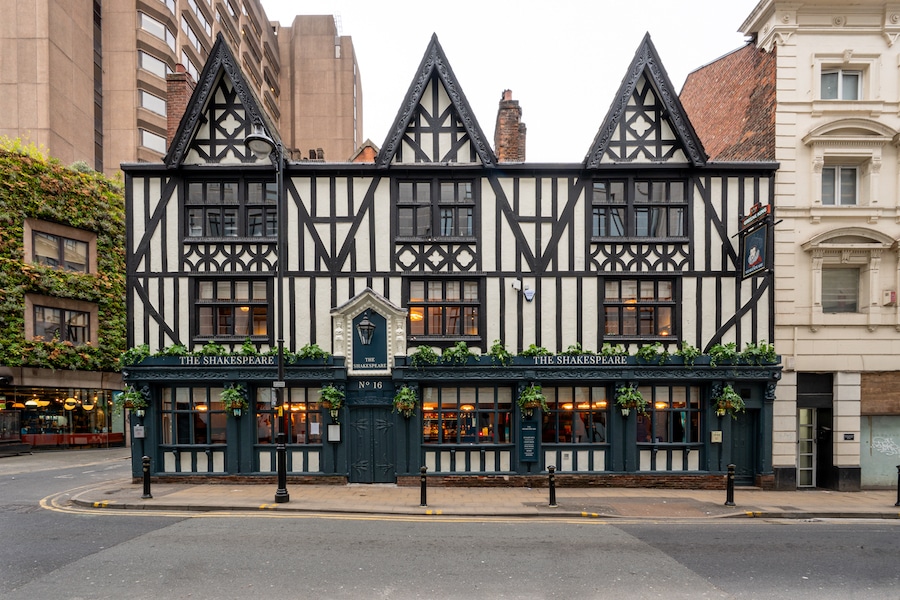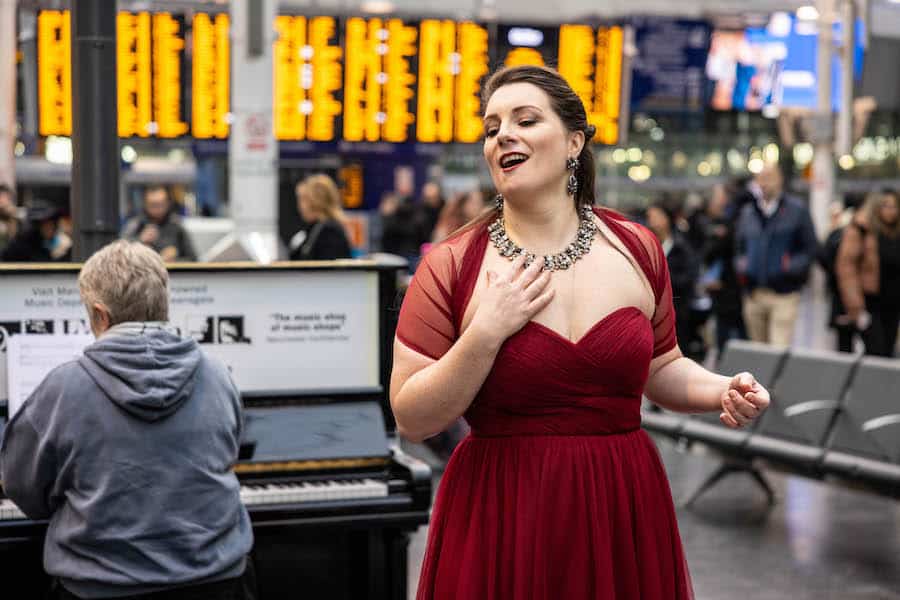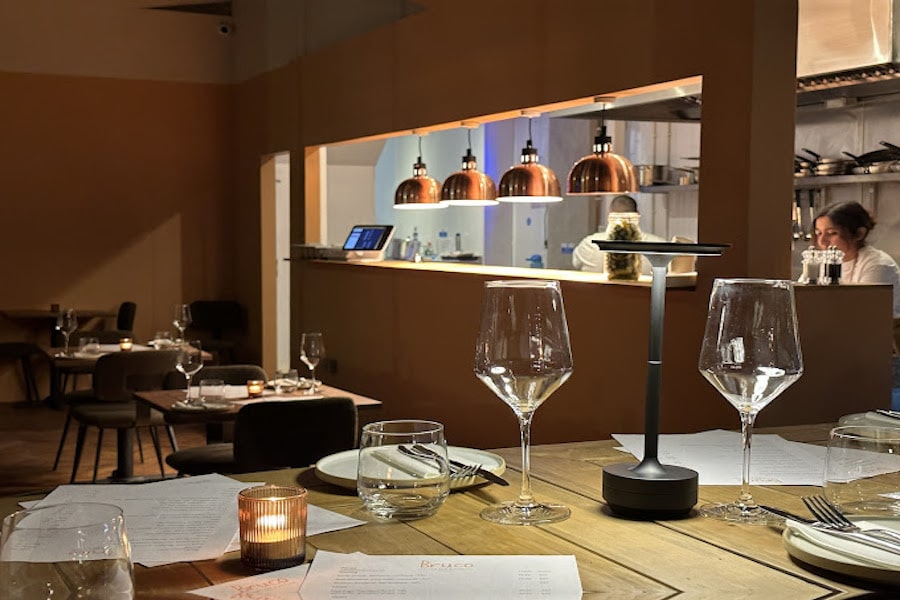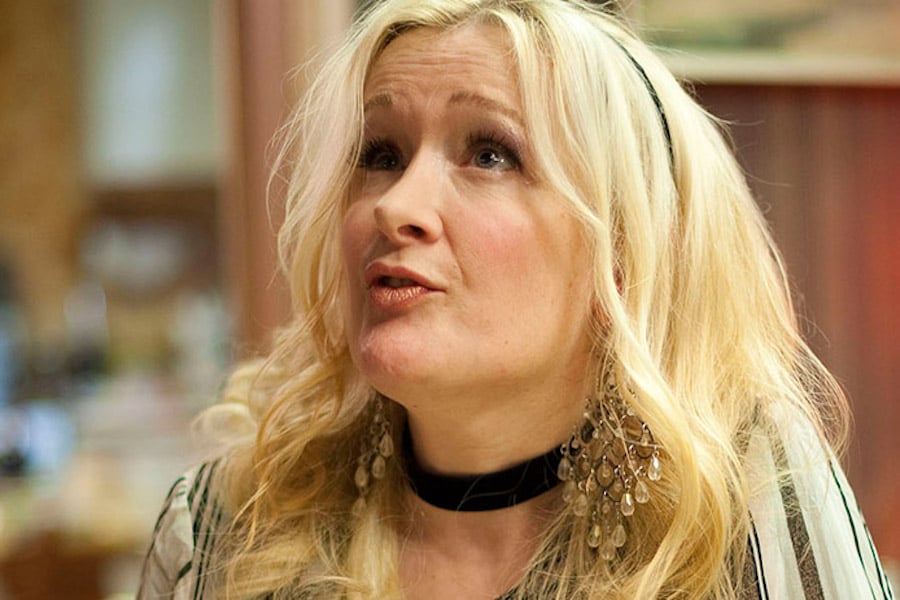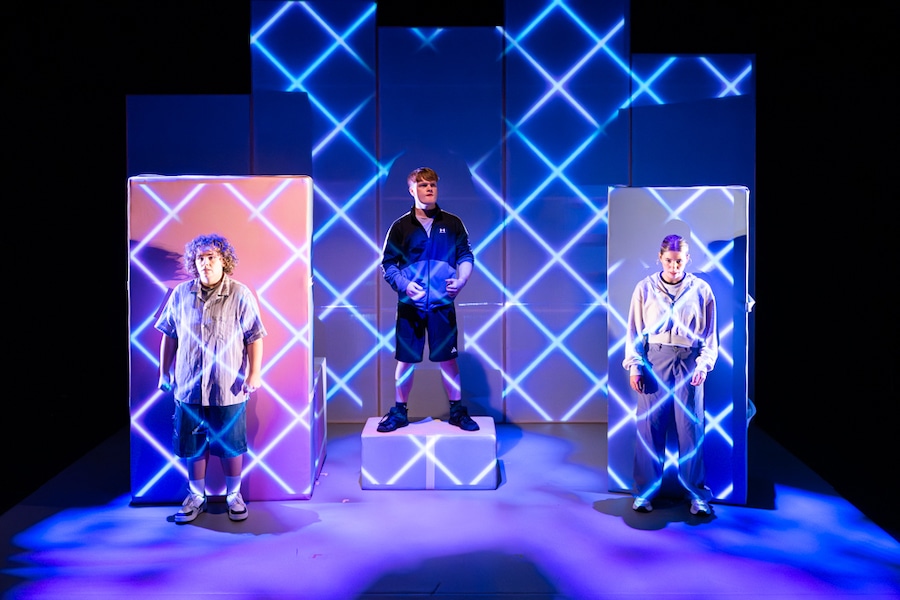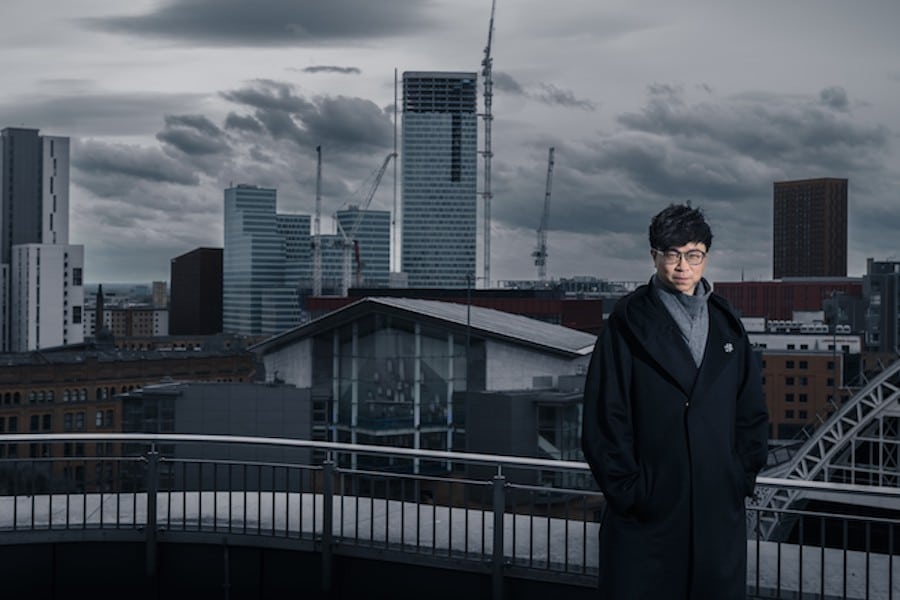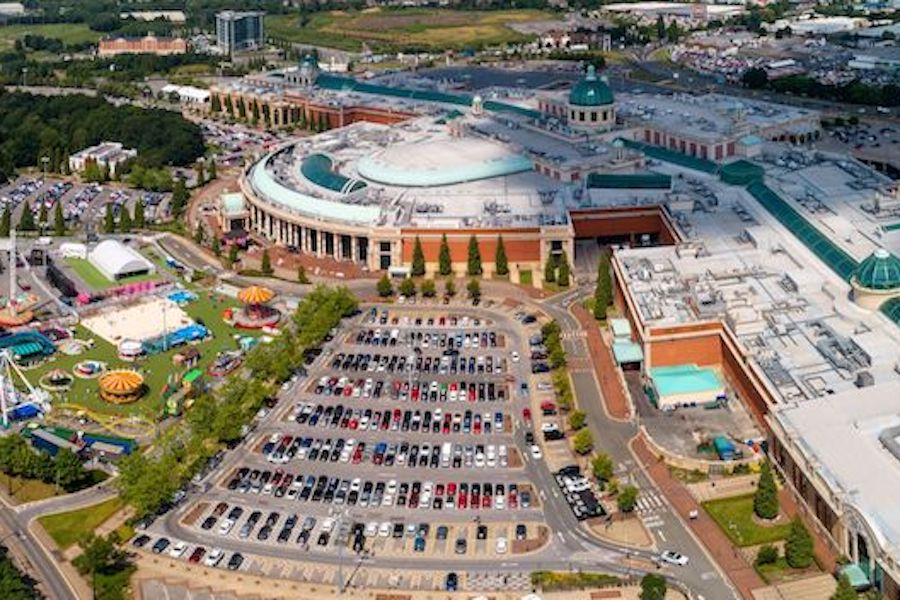Meet the visionary designer who created some of the most iconic record sleeves of the britpop era
- Written by Thom Bamford
- Last updated 6 months ago
- City of Manchester, Featured, Music, People
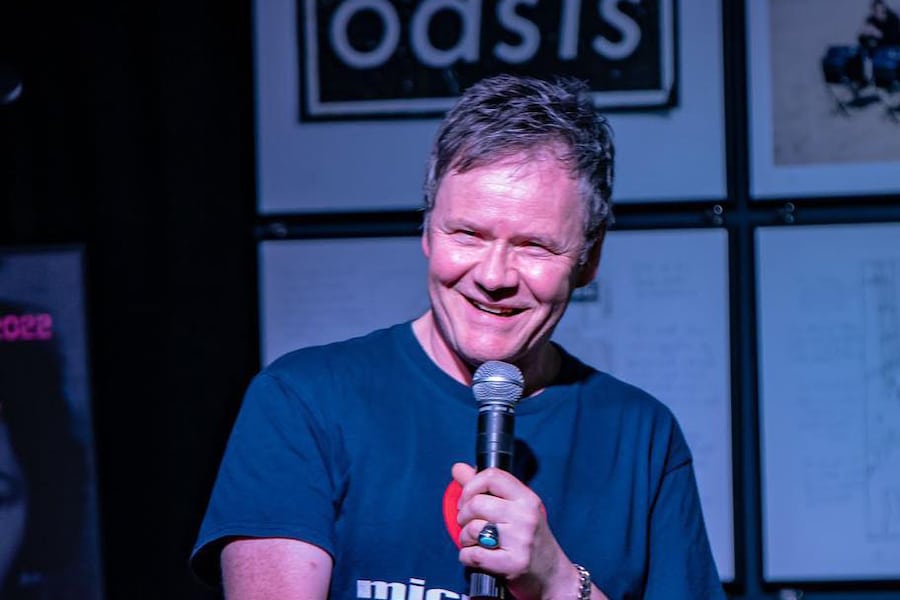
Microdot is a groundbreaking design company that has created some of the world’s most iconic album covers.
From humble beginnings in a windowless office in a Manchester cotton mill to creating the defining visual identity of Britpop, founder Brian Cannon’s journey has been an epic one.
Microdot’s legacy is deeply intertwined with the meteoric rise of Oasis, whose album covers for Definitely Maybe, (What’s the Story) Morning Glory? and Be Here Now have become emblematic of a golden era for British music.
But their influence extends well beyond Oasis, with notable collaborations including The Verve, Ash, and Suede, each project marked by his distinctive, meticulous approach to visual storytelling.
And with Liam Gallagher preparing for his monumental homecoming gigs at the CO-OP Live arena to celebrate 30 years of Definitely Maybe (It’s Brian’s handwriting on the front), we caught up with the man himself to get his story of what it is like to work with some of the biggest musical stars going.
This interview delves into the stories behind those legendary designs, the serendipitous meeting with Noel Gallagher over a pair of rare Adidas trainers, and the exhilarating ride through the rock and roll lifestyle of the ’90s.
Interview with Brian Cannon, from Microdot
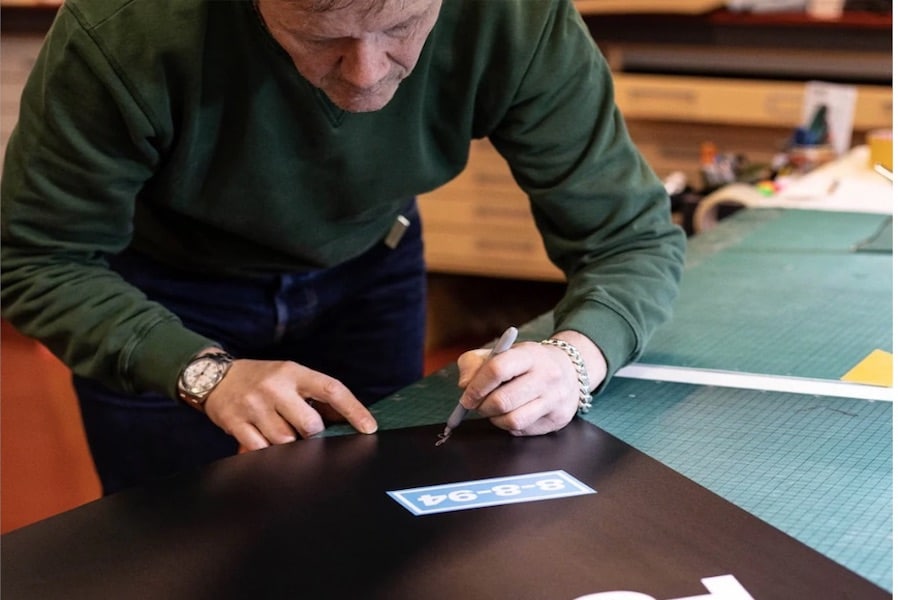
How did you get into the design industry?
I’ve actually never been part of the design industry. We were sort of like mavericks on the outside.
I did design record sleeves when I was very young, around 11 or 12. I had just gotten into punk rock when the Sex Pistols and Buzzcocks and all that were happening in the late ’70s. Initially, I had the idea of joining a band, but I quickly learned that I didn’t have the patience to learn to play the guitar.
However, I had always been interested in art and drawing, so I thought I’d marry the two disciplines I loved: this new music and art. I went through the usual channels—I did A-levels, went to a foundation course in art at art college, and then got a degree in graphic design.
Not that it really had any effect on my career because Noel Gallagher never asked me if I had a degree. I went freelance from day one, but having a degree gave me the confidence to keep going.
How did you get your big break?
I moved to London straight away from Leeds after Uni and stayed there until 1990. Then, I moved to Manchester. The reason I moved to Manchester had nothing to do with work; I found myself at The Haçienda at the end of every week.
It’s a true story. I relocated the entire business because of it. Manchester was an incredible place at the time.
I met Noel Gallagher in Manchester. I was working at an old Mill in New Mount Street. It’s like an old cotton mill at the bottom end of Rochdale Road, and it has all those little business units in it. Inspiral Carpets had an office in there too.
It was an incredible time to be in the city because it still hadn’t become top-of-the-pops news; it was still underground. Manchester is a big city, obviously, but wherever you went—nightclubs, gigs, art gallery openings—you’d see the same people every time.
A lot of them weren’t from Manchester; I’m from Wigan, which is in the surrounding area. You’d see the same heads wherever you went, so there were probably a couple of hundred people involved in this scene to begin with. It was just mind-blowing. The Haçienda was mind-blowing. The gigs, the whole thing taking off—it was just a new era. It really was incredible.
It was a chance meeting with Noel, who was impressed by my Adidas Supers (which you couldn’t get in England at the time) that changed the trajectory of my career.
I bought those Adidas Indoor Super. I bought them in Florence. I took my mother to Rome for her 60th birthday, and we went to Florence on a day trip to see the Uffizi Gallery. While there, in this backstreet sports shop, I found these trainers, and I was just like, I’d never seen them before; you couldn’t get them in England, so I bought them.
Noel asked me in the elevator of where our first office was where the hell I got them from, said he loved them. Then we got chatting and eventually he asked me to design his first record which turned out to be Definitely Maybe.
Microdot has been described as a maverick agency in the past – what are its core principles?
There are three core principles to everything we do here at Microdot.
The first being, it doesn’t matter what you do, but absolute creative excellence is number one.
Number two, you have to enjoy yourself while it works. Otherwise, the work you do isn’t going to be any good, and your life isn’t going to be any good. It’s as simple as that. So, creative excellence, you’ve got to enjoy the work.
And the third one is just like that anti-establishment, street, tongue-in-cheek, maverick.
What are the works you’re most proud of?
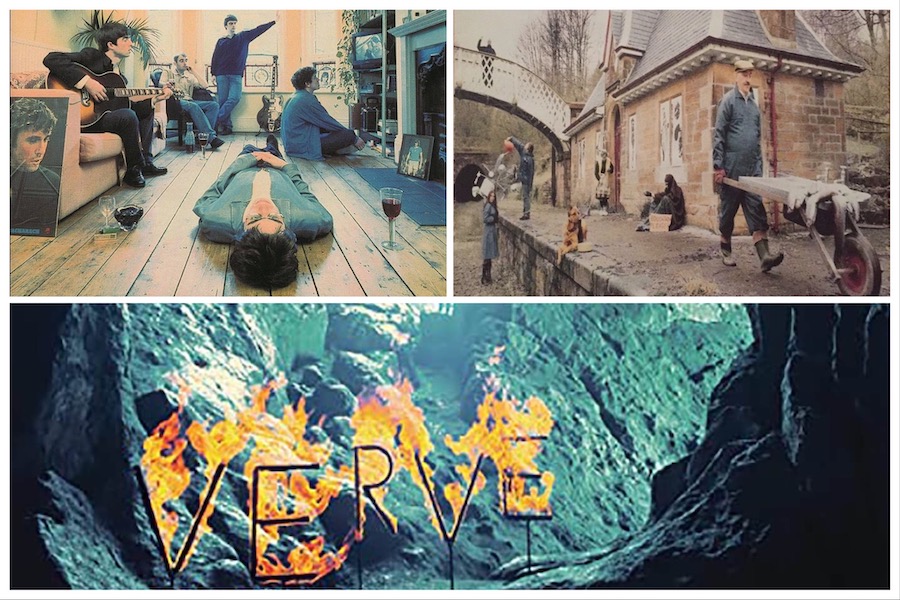
I loved doing A Storm in Heaven by the Verve, I don’t think many people have heard it because it’s still fairly underground for them.
That and the Some Might Say cover, getting my mum and dad on the cover was really special.
Obviously Definitely Maybe too, that’s stood the test of time. It was a magical time to be around the band.
In the spirit of it being 30 years since Definitely Maybe landed, can you tell us a bit about the shoot that day?
This is a bit that people can’t understand when that picture was taken, they’d only had one record, nobody knew who they were, they weren’t the big stars they are today. It wasn’t like, oh my goodness, It’s Noel and Liam Gallagher.
It was more like, well, it’s a shoot let’s go and do it.
There was a feeling from the band that they knew how good the record was going to be, and they were right.
Don’t believe a word you read about them, that they are maniacs, or whatever. Well, actually.. (laughs). When we were working, we got the job done. It was actually a pretty uneventful day. We just headed down to Bonehead’s house in West Didsbury, and that was it.
We headed over to West Didsbury to snap them and that was it. Stratford Avenue I think.
What was it like to get caught up in all the chaos after Oasis released Definitely Maybe?
It was just a surreal experience; that’s the only way I can describe it, you know. It was absolutely bananas to see them going from nothing, I mean literally, nothing.
Basically the only people going to see them were their mates who used to travel with them in a van at the beginning of 1994.
At the beginning in 1994, nobody knew who they were. And by 1996, they’d sold out two nights at Knebworth.
Some quarter of a million people there. And another 750,000 people applied.
They could have sold a million tickets. Yeah. And that happened in just over two years. That’s absolutely outrageous.
How does it feel to have all these iconic record sleeves, and for your work to be recognised 30 years later?
It’s incredible really. The work with Oasis has defined my career and possibly even my life. I feel really blessed to have played a small part in their success. It was amazing to be involved. It was a life changing experience that will always be with me, and something I’ll always be proud of.
What are you working on at the moment?
We’ve actually just done a new sleeve for Definitely Maybe, which is out in August. We’re starting to develop our own clothing, t-shirts, military hats, military jackets, and customising. I wouldn’t describe us as a creative design agency at the minute. I’d just describe us as a creative brand, really. Come check us out on King Street. We’ve made a bit of a shift to more bespoke stuff, we’re going for more bespoke high end stuff so people can tailor the work to their tastes.
You never know what’s around the corner, and what’s going to happen at work each day. I think that’s awesome. We’ve never been as busy.
Exploring Microdot’s iconic record designs
Oasis
Definitely Maybe (1994): This debut album cover features the band members in a living room setting, each engaged in different activities. The image has become one of the most iconic in rock history, perfectly capturing the essence of the band’s raw, youthful energy
(What’s the Story) Morning Glory? (1995): The cover features a street scene in Soho, London, with blurred figures walking towards each other. This artwork is instantly recognisable and is often cited as one of the greatest album covers of all time.
Be Here Now (1997): Known for its surreal and opulent imagery, this cover features a Rolls Royce submerged in a swimming pool, a not to the legendary Keith Moon. The extravagant design reflects the band’s peak fame and the excesses of the era.
The Verve
A Northern Soul (1995): This album cover features a stark, almost monochromatic image of the band, capturing a raw and introspective feel that matched the music’s tone.
Urban Hymns (1997): The cover features a striking photograph of the band members, sitting in a pastoral setting. This album, which includes hits like “Bitter Sweet Symphony,” is one of The Verve’s most successful and critically acclaimed works.
The best of the rest
Ash – 1977 (1996): The design for Ash’s debut album is another notable work, featuring bold typography and a graphic style that captured the energetic spirit of the band.
Suede – Various Projects: Microdot also worked with Suede on several projects, contributing to their visual presentation and helping to shape their distinctive image.
Cast – All Change (1995): The debut album cover for Cast, featuring a simple yet effective design that encapsulated the band’s straightforward rock ethos.
Super Furry Animals – Radiator (1997): This cover is notable for its whimsical and surreal design, reflecting the band’s eclectic and experimental style.
John Squire – Time Changes Everything (2002): The artwork for John Squire’s solo album showcases Microdot’s ability to adapt to different artistic sensibilities, emphasising a more personal and introspective approach.
You can find Microdot at their shop on Kings Street or check out their website here
- This article was last updated 6 months ago.
- It was first published on 31 May 2024 and is subject to be updated from time to time. Please refresh or return to see the latest version.
Did we miss something? Let us know: [email protected]
Want to be the first to receive all the latest news stories, what’s on and events from the heart of Manchester? Sign up here.
Manchester is a successful city, but many people suffer. I Love Manchester helps raise awareness and funds to help improve the lives and prospects of people across Greater Manchester – and we can’t do it without your help. So please support us with what you can so we can continue to spread the love. Thank you in advance!
Got a story worth sharing?
What’s the story? We are all ears when it comes to positive news and inspiring stories. You can send story ideas to [email protected]
An email you’ll love. Subscribe to our newsletter to get the latest news stories delivered direct to your inbox.
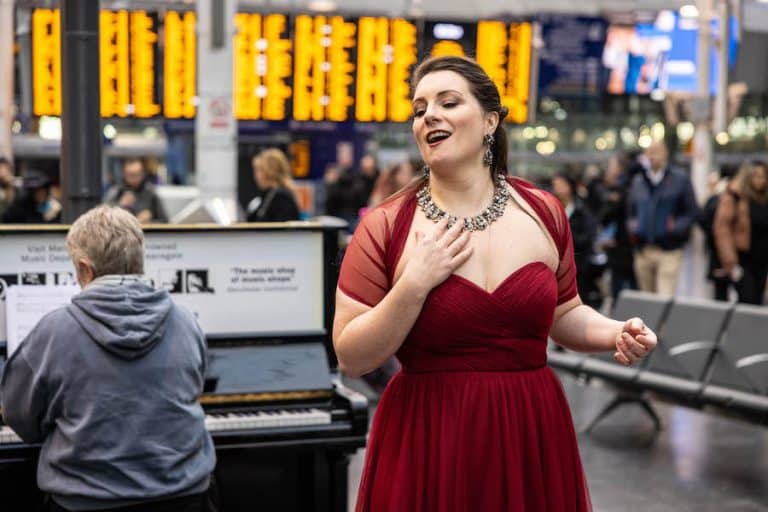
English National Opera finds a new home in Manchester making opera accessible to all
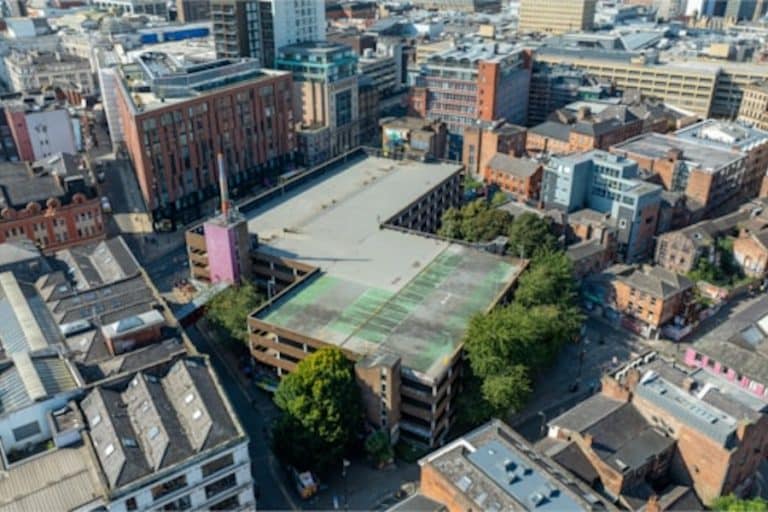
What will replace Northern Quarter’s Church Street multi-story car park?

How a community response is preventing Mancunians from going hungry this winter

“Great food at excellent value” An authentic taste of Naples arrives in Ancoats
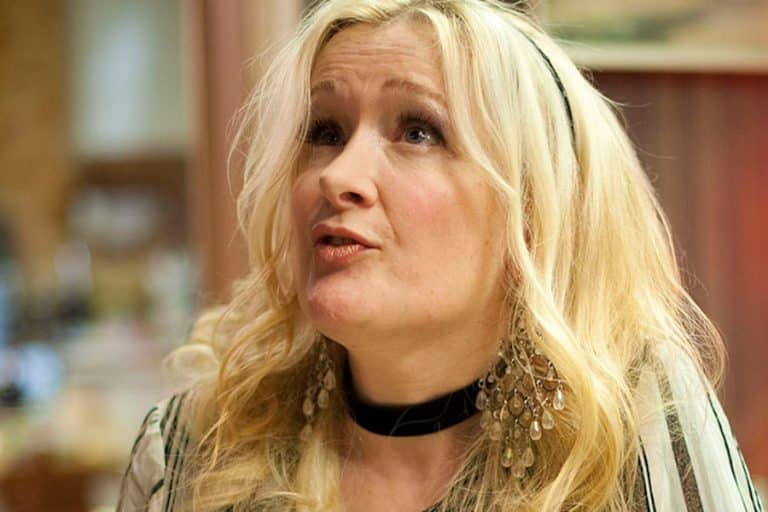
Comedian spearheads campaign for a statue of beloved comic Caroline Aherne
